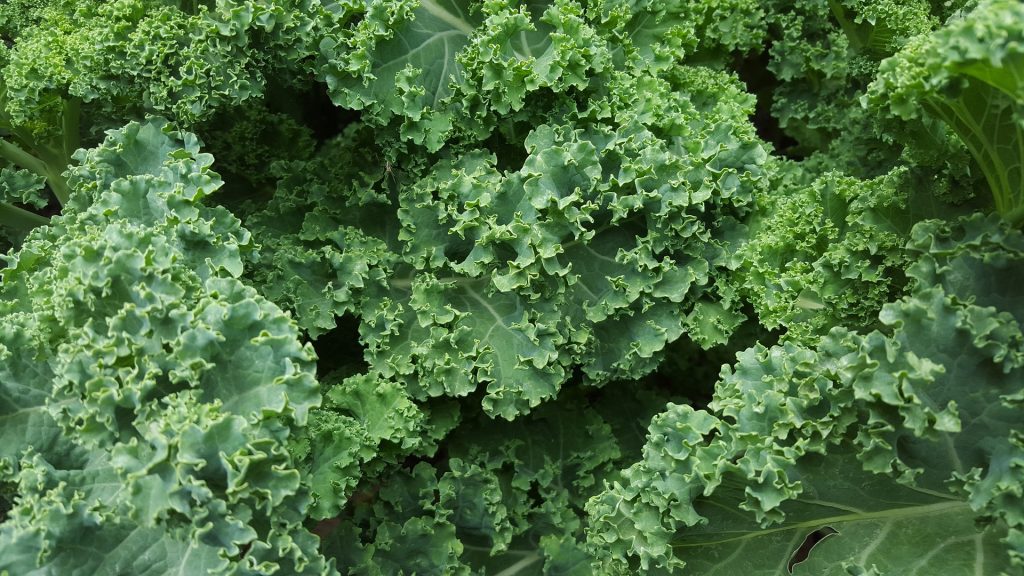Growing Kale
Not only nutritious and easy to grow, kale is attractive, flavoursome and generous – it’s the cool weather green that keeps on giving.
Kale tolerates less than perfect soil and weather conditions and becomes sweeter with frost.
Kale is also known as borecole, which in Dutch means ‘farmer’s cabbage’. There are many varieties now available, the most common being Cavolo Nero (Tuscan kale, with dark green ’dinosaur’ leaves) and Scotch kale with tightly curled frilly leaves.

Site and soil
Ideally, choose an area with full sun and rich, well drained soil with a pH of 6.0-7.0. If the soil is too acidic, add lime. If the soil isn’t already rich, dig in compost or well-rotted manure. As you are growing kale for foliage, high nitrogen content is recommended.
Planting
Kale prefers cool temperatures. Frost will sweeten the taste, while heat turns kale bitter. Sow in February-March for a winter harvest.
Kale can be either direct seeded into the garden or transplanted as seedlings. For direct seeding, sow about 1 cm deep and about 30-45 cm apart. Three or four seeds can be planted together and thinned out at the two-leaf stage. If you ensure the soil doesn’t dry out, seeds should germinate in about 5-8 days.
Transplanted seeds should be spaced 30-45 cm apart, giving them room to spread. Choose healthy plants and keep them lightly moist.

Cultivating
Keep young plants well watered. Along with cool temperatures, moisture will encourage tender, sweet leaves.
Apply mulch to keep soil moist and cool, control weeds and protect plants from late summer heat. Kale will also benefit from regular applications of liquid fertiliser during the growing season.
Harvesting
Plants should be ready for harvest in around 2 months, depending on weather conditions and variety. Young leaves can be used fresh in salads or mature leaves can be used as a cooked green.
You can regularly harvest the lower leaves, allowing the centre of the plant to continue to produce. Alternatively, you can wait until the plant is mature and harvest all at once.

Problems
Kale is bothered by many of the brassica pests and diseases, such as cabbage moth, aphids, snails, slugs and some soil-borne diseases. Suggested companion plants are celery, onion, potato and beetroot.
Healthy kale grown in rich, well-drained soil will be better able to withstand these problems. Crop rotation is also strongly recommended so that members of the cabbage family are not grown in the same place in the following year. This reduces the likelihood of pests and diseases building up in the soil.
